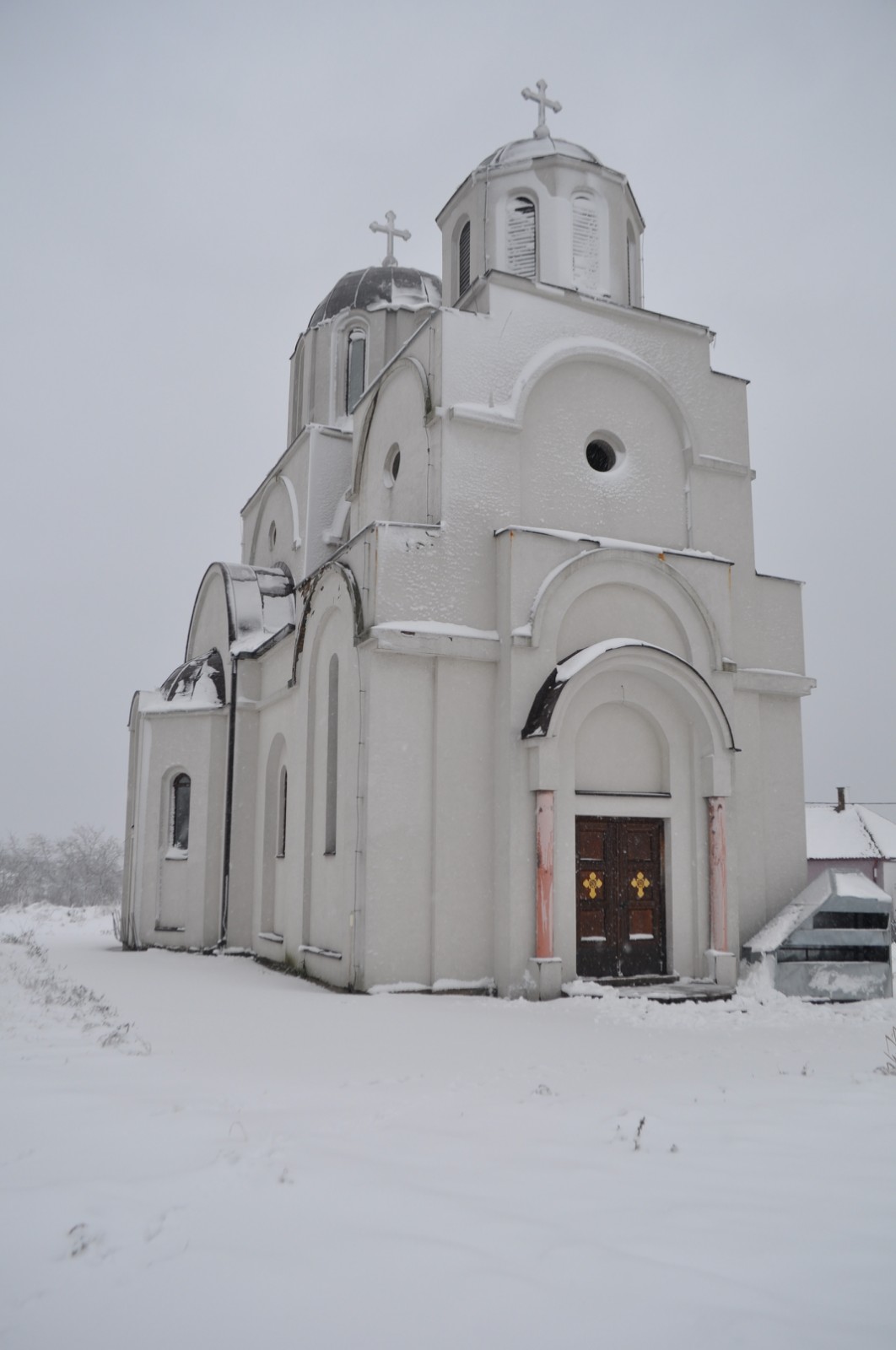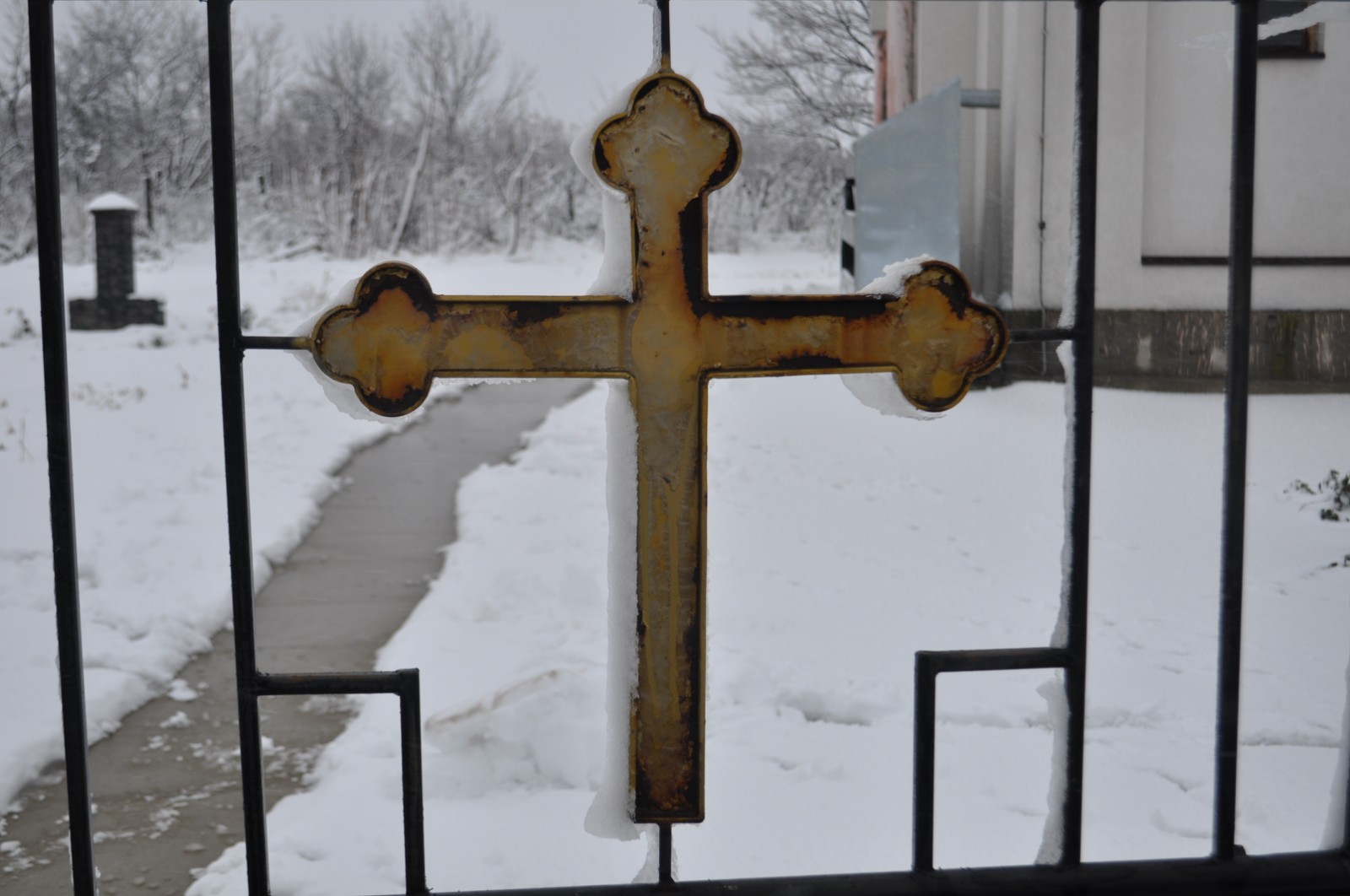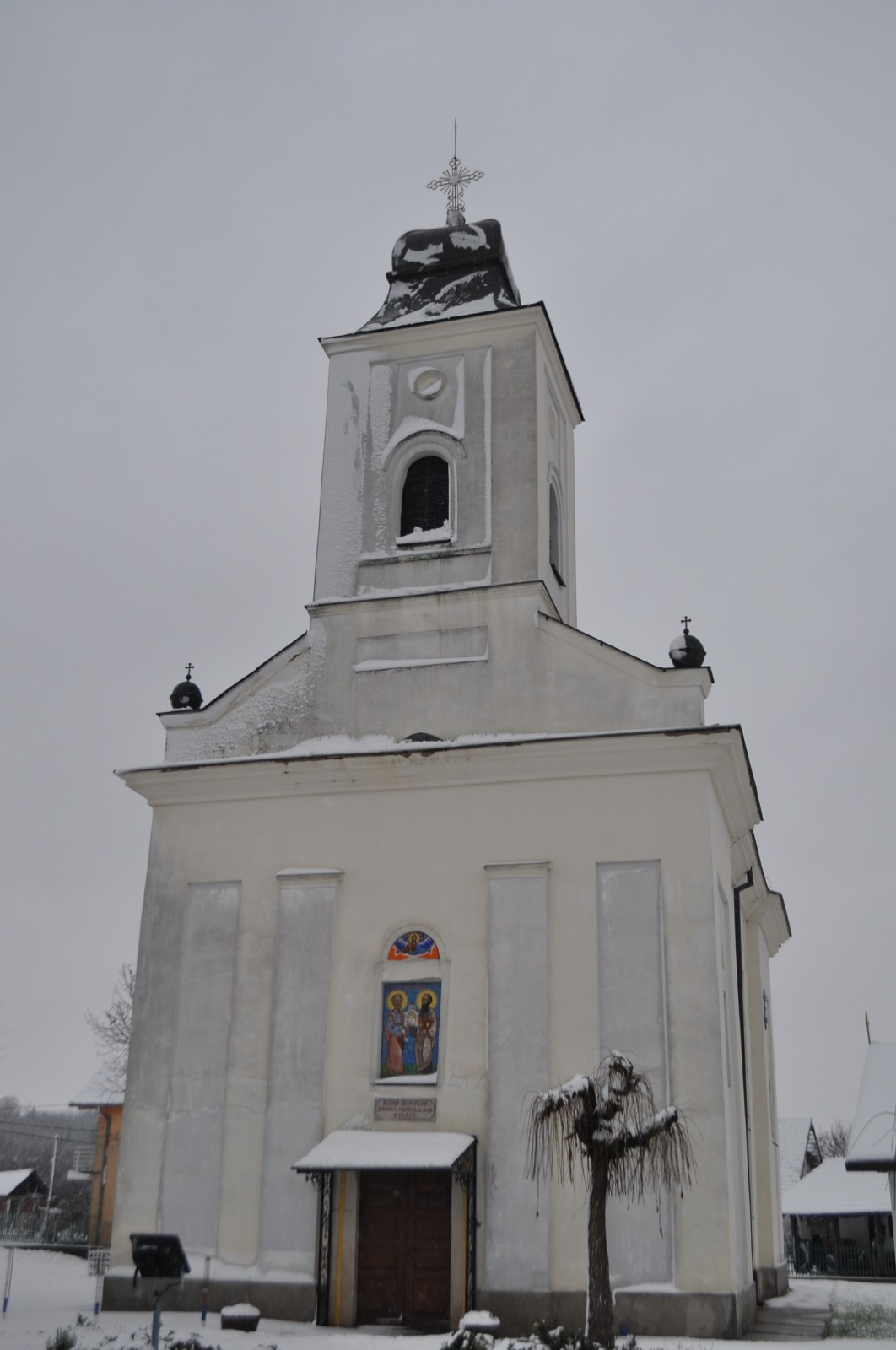
Orthodoxy among Serbs began to develop in the 7th century. But then the Serbs did not have their own church organization. In 1219, Saint Sava (Rastko Nemanjić) received permission from Patriarch Manoel of Constantinople in Nicaea to be "archbishop of Serbian and coastal lands". While the Serbian church gained autocephaly and the dignity of an archbishopric. From then until today, the head of the Serbian Orthodox Church has been elected.
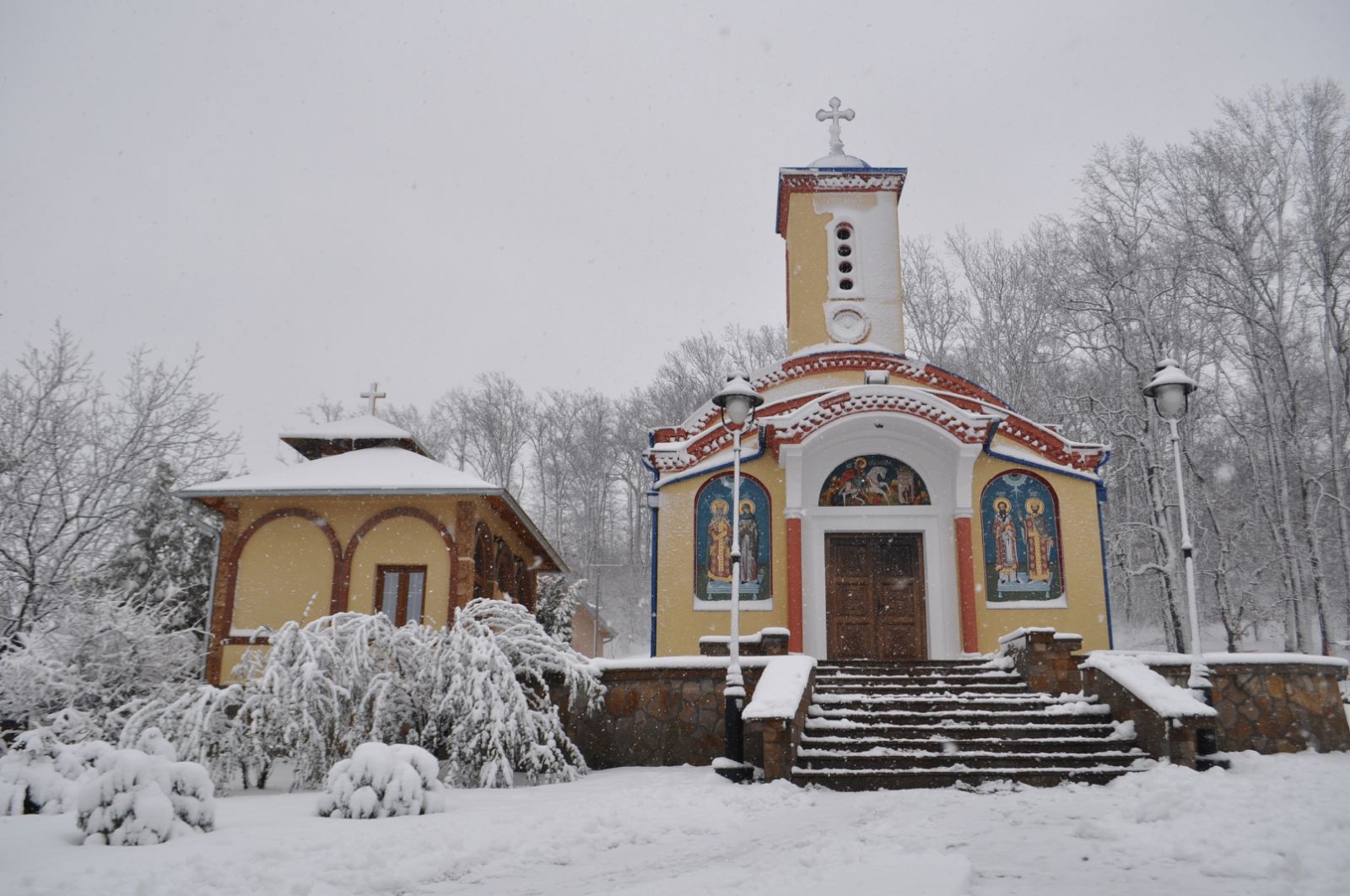
The founding of the Archbishopric of Peja was bitterly opposed by the Ohrid Archbishop Dimitrije Homatijan, under whose jurisdiction it was in the Epirus despotate, opposed to the Nicene Empire, but without success. Today's Macedonia was Christian from the 4th to the 6th century during the time of the Apostle Paul.
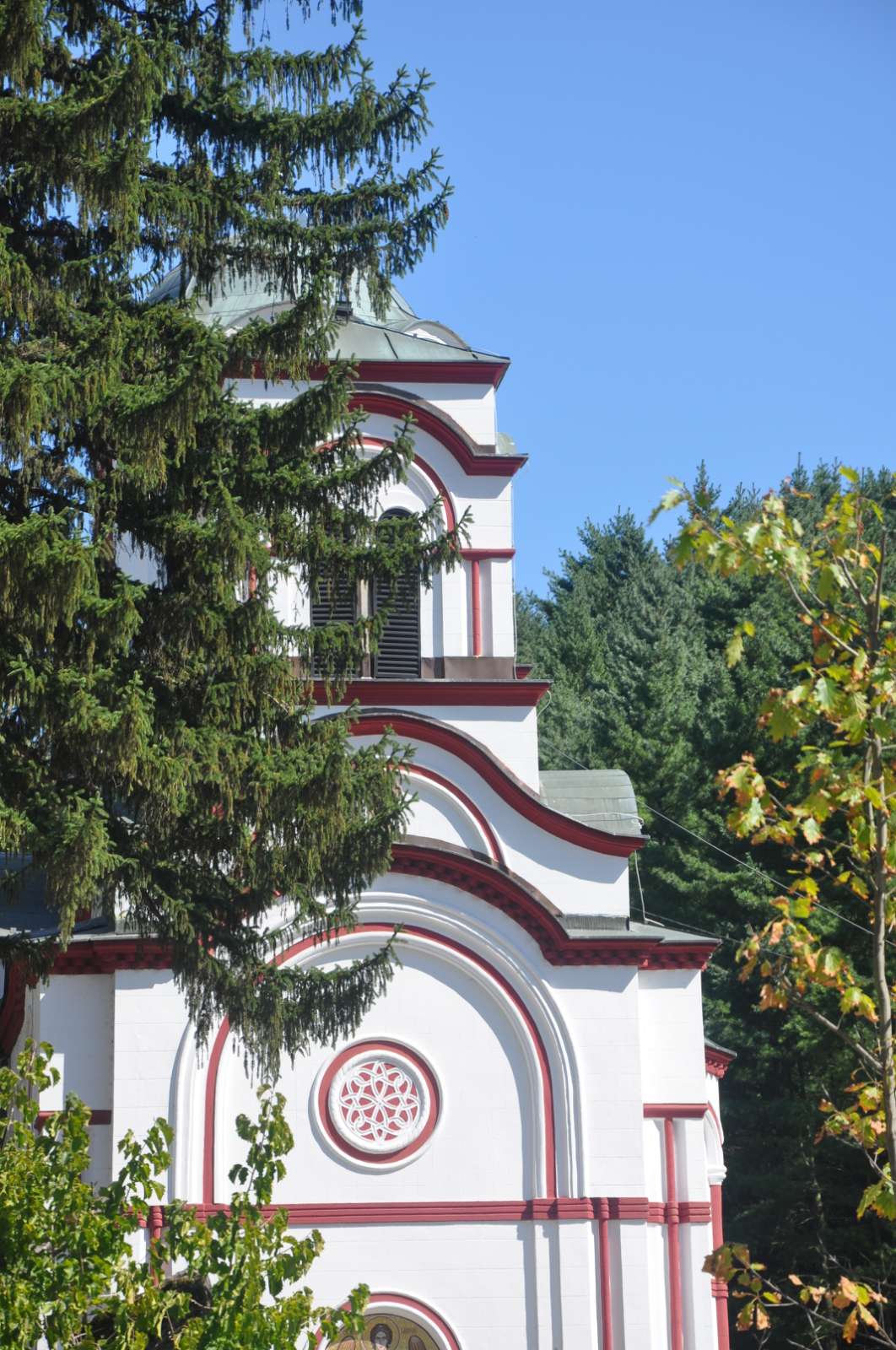
The monastery "Žiča" was chosen to be the seat of the diocese, because at that time there were no urban settlements. But the seat was moved to Peja in 1253.
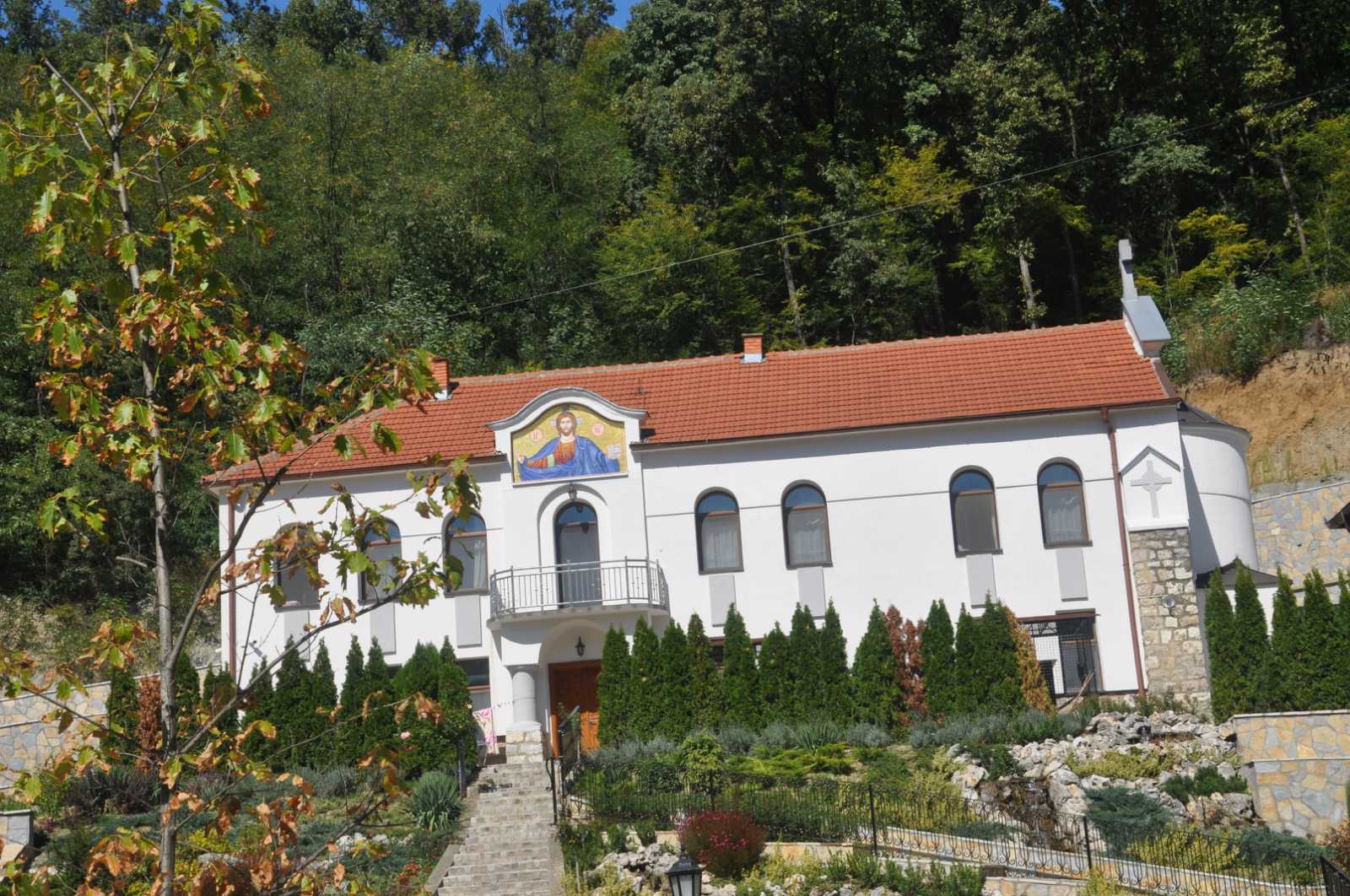
The diocese existed until 1346, when Archbishop Joanikije 2 had to turn the status of archbishopric into the rank of patriarchate. which he did at the church council in Skopje. The solemn ceremony was attended by the Bulgarian Patriarch, the Archbishop of Ohrid, Serbian bishops and the monks of Mount Athos. The center of the Serbian patriarch was located in Peja, which is why the patriarchate was called the Pec Patriarchate.
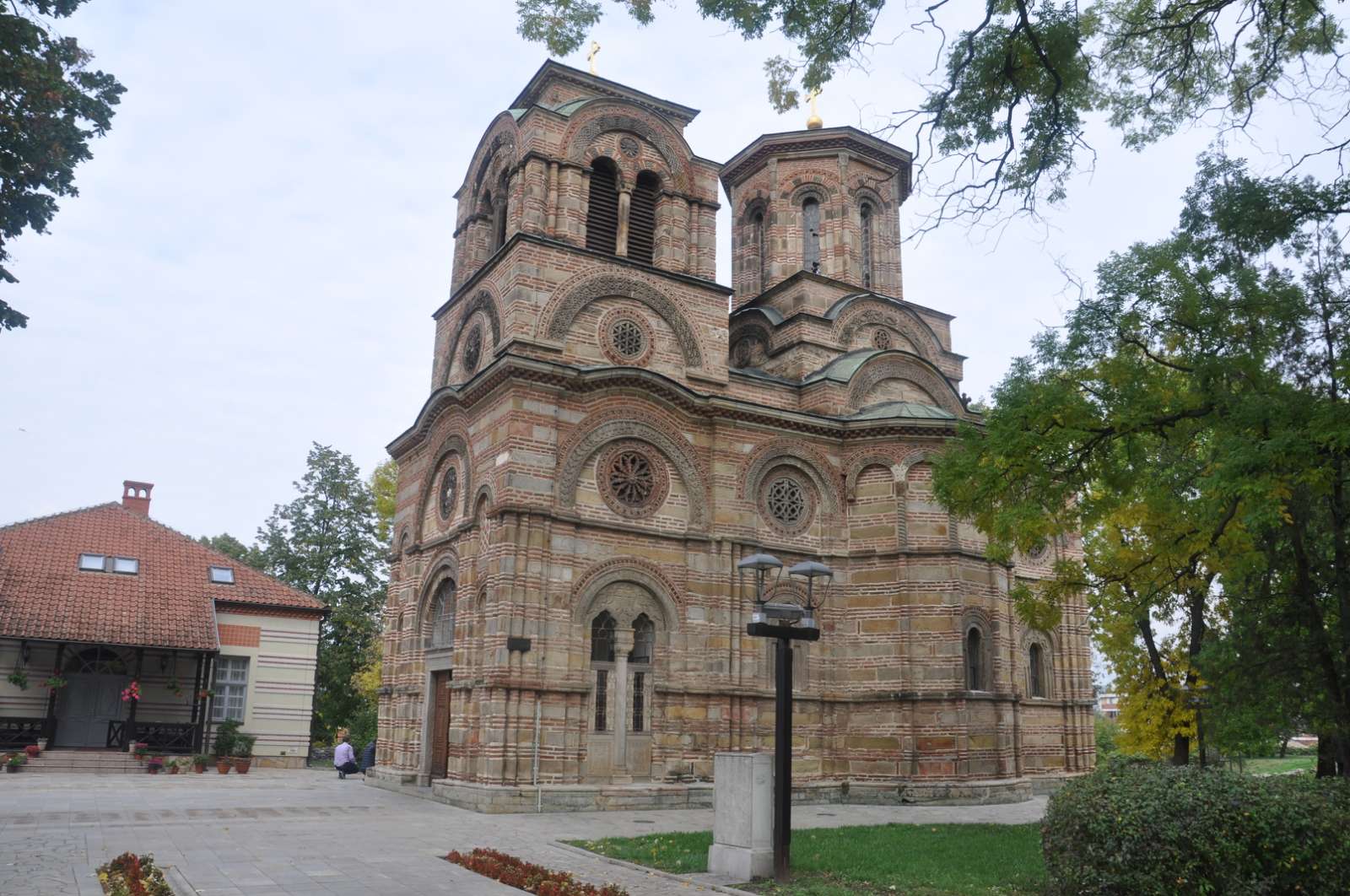
Serbian land has been expanding in the Balkans over the years. Thus, in 1346, the patriarchate expanded its jurisdiction over the conquered areas. Constantinople did not want to lose control in the areas controlled by Serbia. That is how there was a "quarrel" between the two churches. All this lasted until 1375, thanks to the Serbian prince Lazar.
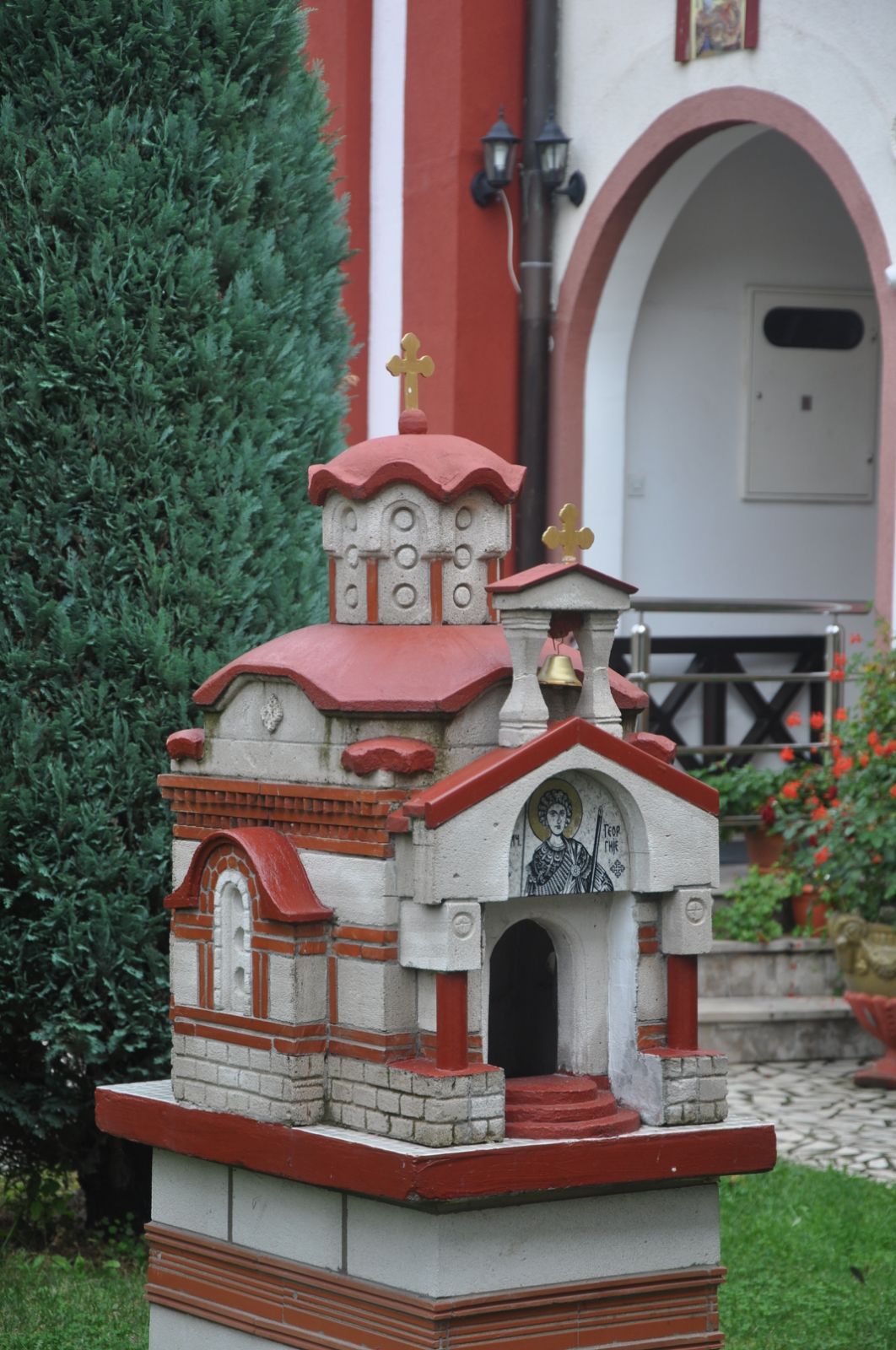
At that time, the Ottoman army looted Serbian villages and monasteries. That is how many Serbian medieval monasteries were destroyed and set on fire. To this day, every trace of them is lost. With the fall of Serbia under Turkish rule in 1459, the then Patriarchate of Peja was abolished, and then renewed in 1557.
The Serbian state has disappeared, and now the Serbian church is becoming not only a religious but also a national-political organization of the Serbian people. Church leaders are also becoming national leaders - ethnic groups. During the time of Patriarch Makarije Sokolović (1557—1571), the jurisdiction of the patriarchate covered a wide territory from Ohrid all the way to Buda. The leaders of the Serbian Orthodox Church have raised or supported many rebellions against Ottoman rule. That is why Sultan Mustafa 3 abolished the Serbian patriarchate in 1766.

Since 1766, the Serbian church has come under the jurisdiction of the Patriarchate of Constantinople, and most of the bishops were Greeks. A large number of Serbs emigrated to the territory of Austria (today's Hungary), and the chair of the Archbishop of Peja was moved from Peja to Sremske Karlovce, and then in 1848 it was elevated to the rank of patriarchate.
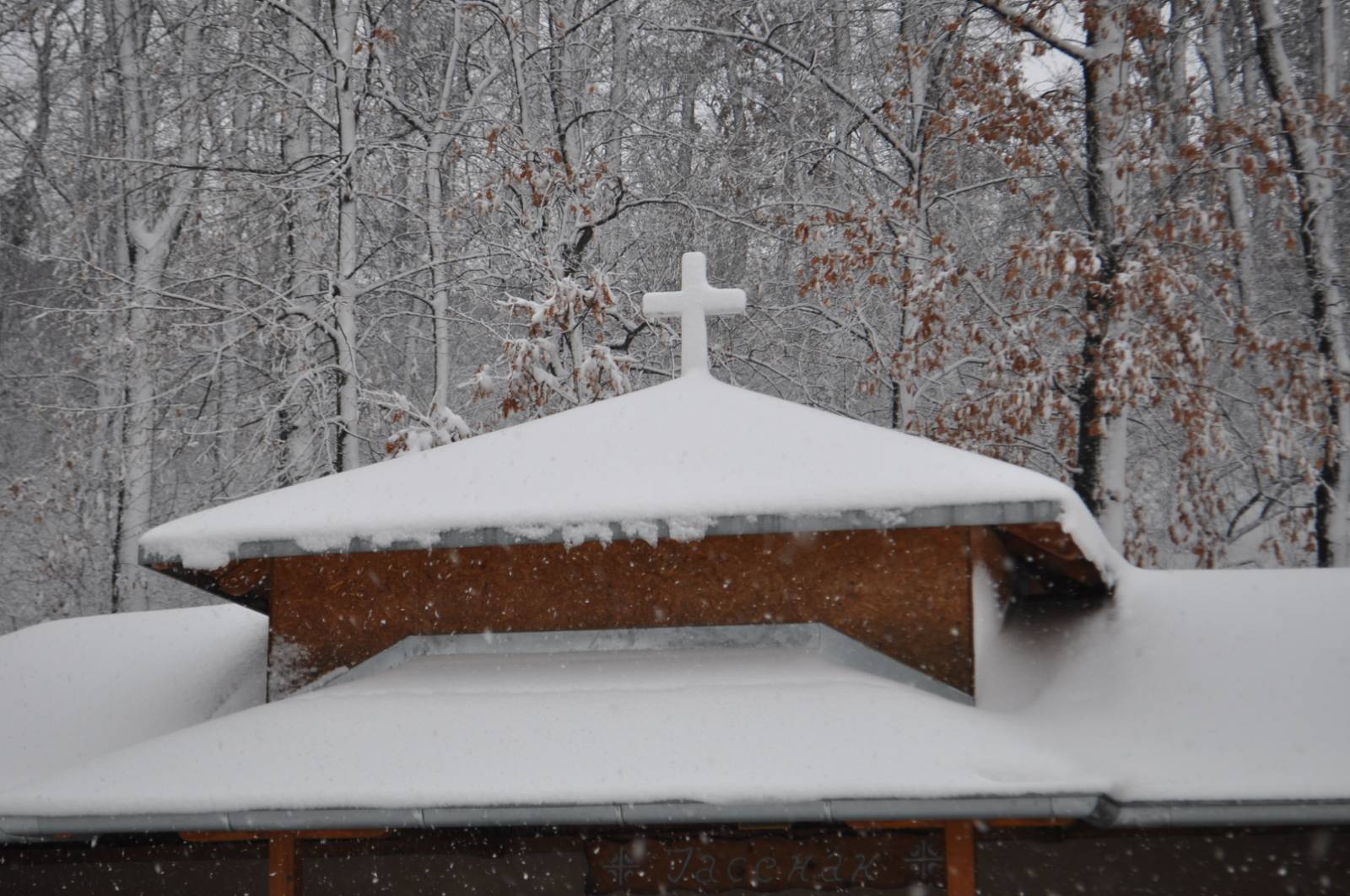
After the establishment of Serbian autonomy in 1832, an autonomous metropolitanate was proclaimed in Belgrade under the jurisdiction of the Patriarchate of Constantinople, and in 1879 it regained autocephaly and was completely independent in its decisions.
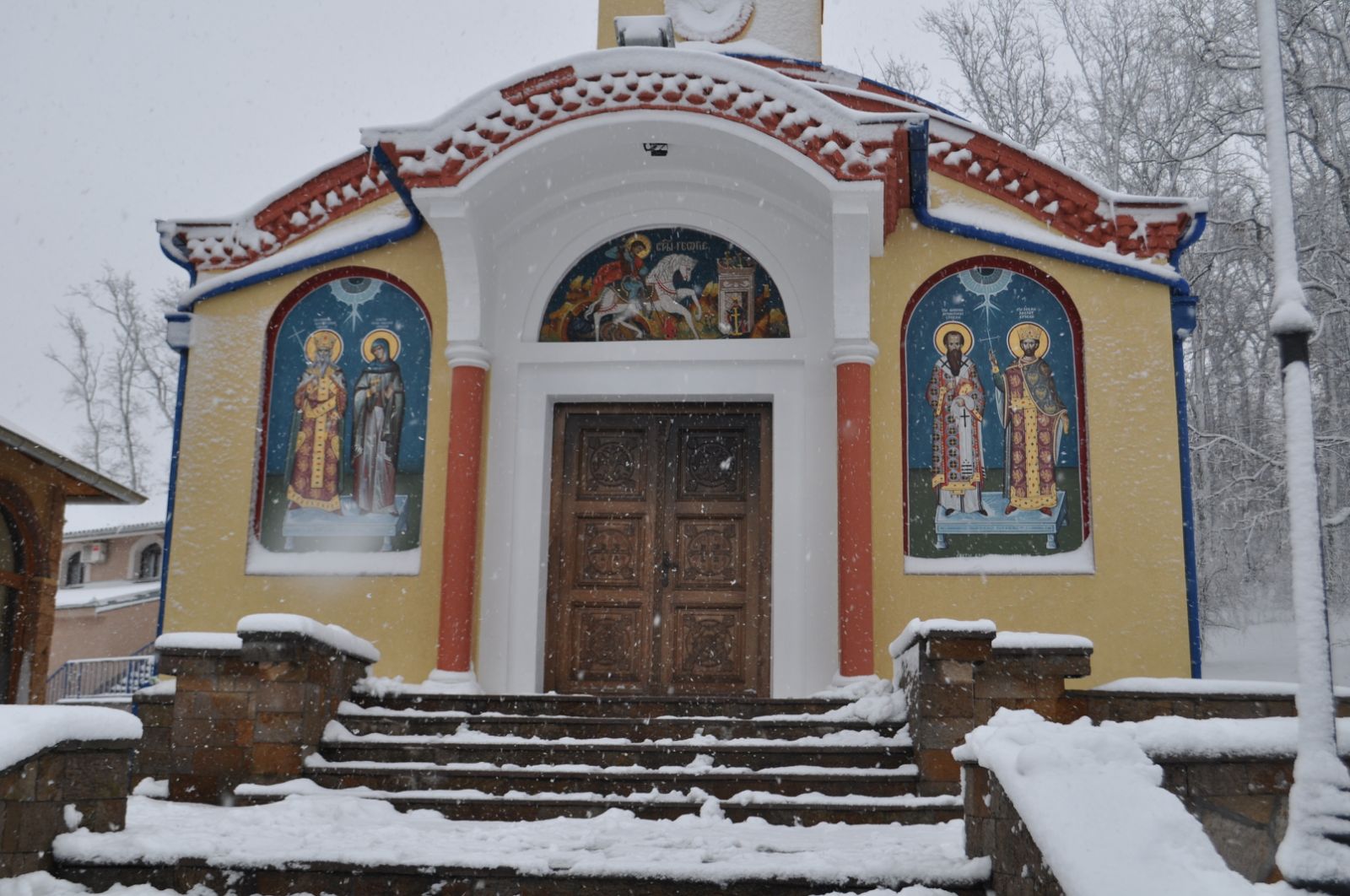
In 1913, Serbia liberated other parts of the Serbian land from the Ottoman Empire, so that the dioceses of Skopje, Veles, Debar and Prizren became part of the Belgrade metropolitanate.
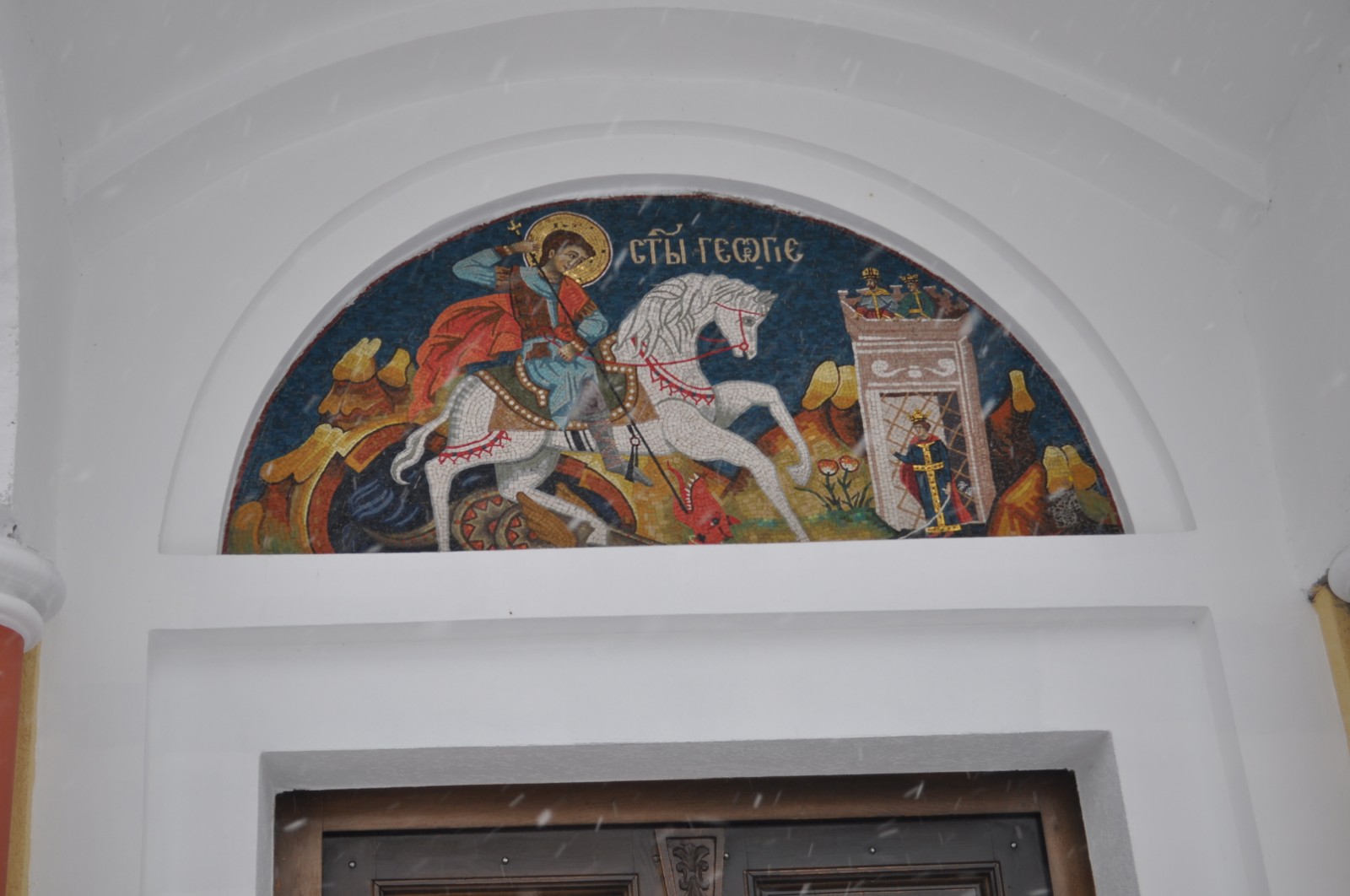
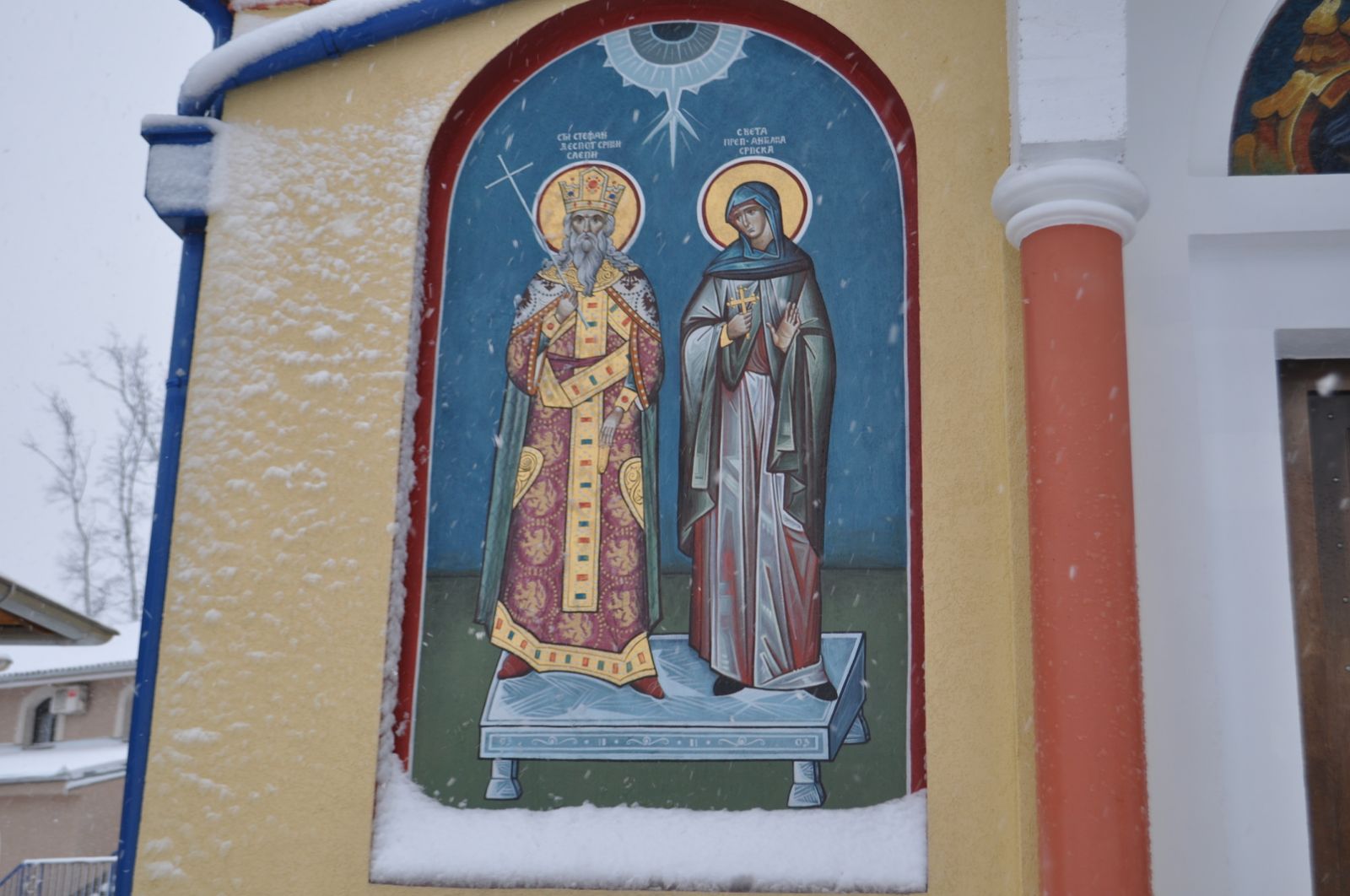
Until 1920, there was no single church organization in Serbia. With the creation of the kingdom of Serbs, Croats and Slovenes (1918), conditions were created for church unification.
The center of the Serbian church has been in Belgrade since 1920 (it is the same to this day), and the church has the dignity of a patriarchate. The Patriarchate of Constantinople soon recognized the unification of the provincial Serbian churches and the creation of a patriarchate with a special tomos.
